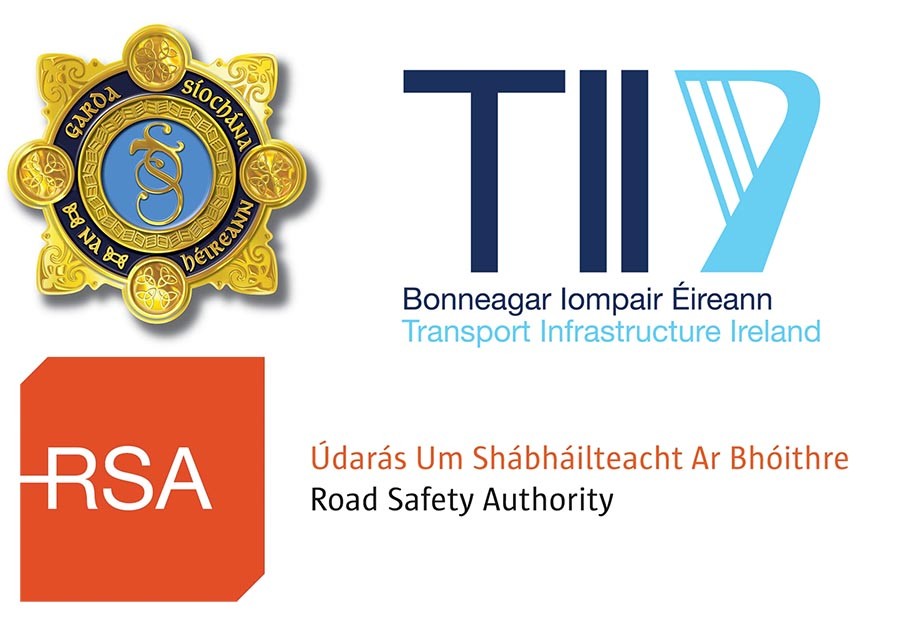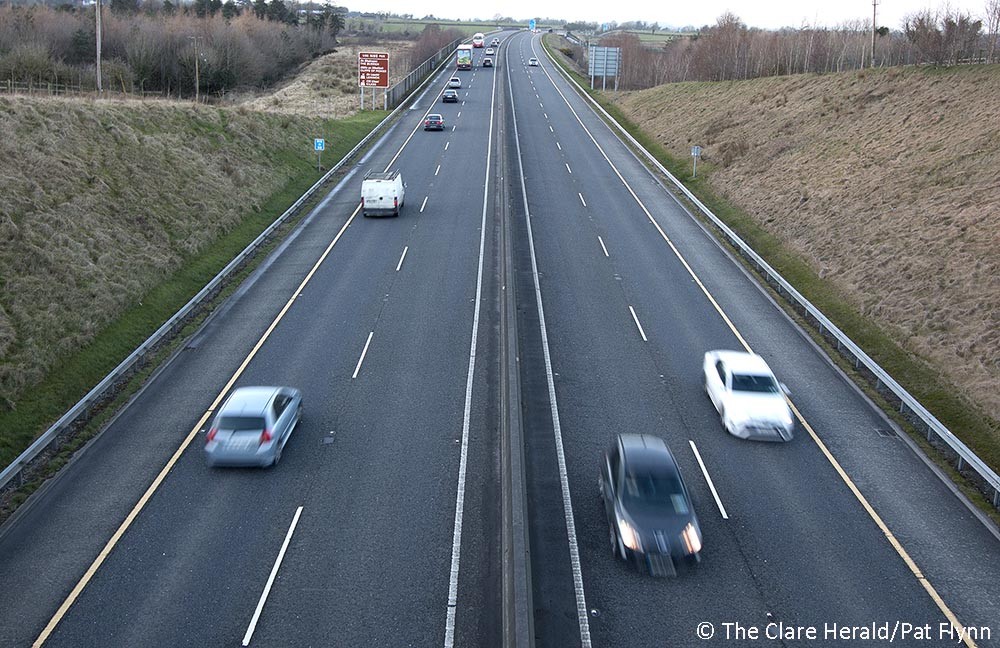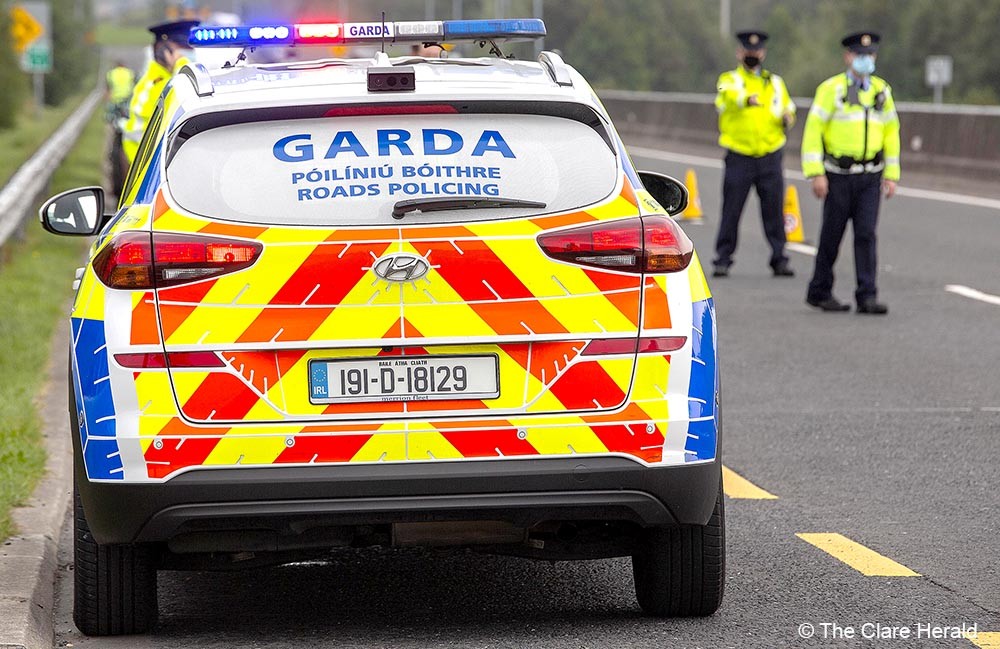
The Road Safety Authority (RSA), Transport Infrastructure Ireland (TII) and An Garda Síochána have launched a joint campaign aimed at reminding road users of the Rules of the Road when driving on Ireland’s motorway network.
Drivers are being reminded to always drive in the left lane for normal driving on a motorway and to familiarise themselves on the rules for joining and leaving a motorway.
Road users are reminded that it is an offence to stop on the hard shoulder of a motorway unless it’s an emergency (i.e. a breakdown). If this occurs, you should call for help using your mobile phone or one of the emergency roadside phones, and wait at a safe place, behind the crash barrier.
If you find yourself driving against the flow of traffic, pull in immediately to the hard shoulder and stop. Contact the Gardaí by dialling 999 or 112. Do not attempt to turn your vehicle. Wait for help in a safe place.
Sam Waide, CEO, Road Safety Authority, said: “A key part of the government’s Vision Zero road safety strategy is safe road use. This includes educating drives on how to use motorways safely and the danger of using them incorrectly. The higher speeds on motorways mean that things can happen very quickly – a moment’s lapse of concentration could have severe consequences. If you are someone who does not drive on a motorway regularly or if you only recently passed your driving test, you should consider taking a practice lesson on motorway driving with an RSA registered Approved Driving Instructor.”
Peter Walsh, Chief Executive of Transport Infrastructure Ireland said, “Every day in Ireland thousands of people use the motorway network. Over recent years the length of motorways has more than doubled from 424 km in 2008 to 995 km in 2021. Motorways are the safest roads in Ireland. They are five times safer than rural two-lane roads. However, that does not mean they are risk free. Stopping on a motorway puts drivers, their passengers and other road users at great risk. The hard shoulder is an extremely dangerous place to be. Stopping on a motorway can cause collisions involving your own car and others. It’s unsafe and it’s an offence unless it is an emergency. It’s simply not safe to stop on a motorway.”

“Superintendent Thomas Murphy, Garda National Roads Policing Bureau said: ‘Motorists are urged to drive with caution as the current dry spell is expected to come to an end. When the rain falls, after a period of dry weather, the road surfaces become greasier than normal, which requires greater braking distances in order to slow down or stop safely.
Motorists undertaking long motorway journeys are also reminded to avail of rest periods at the motorway service stations located along the network.’
Rules of the Road When Using a Motorway
You must only drive ahead. No turning or reversing is permitted.
You must progress at a speed and in a way that avoids interference with
other motorway traffic.
You must not drive on any part of the motorway that is not a carriageway, for example, a hard shoulder – except in case of emergency.
You must not stop or park on any part of the motorway unless your vehicle breaks down or you are signalled by a Garda to do so.
You must not pick up or set down anybody on a motorway.

The maximum speed limit on a motorway is 120km per hour unless:
there are signs indicating another speed limit, for example due to roadworks or bad weather
you are driving a vehicle that is subject to a lower limit such as a bus (100km/h) or truck (90km/h), or if you are towing a trailer, caravan or horse/cattle box (80km/h)
You should always drive in the left lane unless you need to overtake a slower vehicle, or the lane is blocked. Once you have finished overtaking, move from the right lane back into the left lane as soon as it is safe to do so. On a three-lane motorway, there is an extra overtaking lane, but you should still keep left as much as possible.
Check your mirrors on a constant basis, as the picture around you will be changing all the time. Before overtaking or changing lanes, remember ‘mirror, signal, mirror, manoeuvre’.
Remember that you must leave enough room in front of you to allow you to stop safely.
As part of the campaign, the RSA and An Garda Síochána have published a number of tips before setting out on any motorway journey, including:
Familiarise yourself with motorway signage and remember the exit number of the junction you intend to use to leave the motorway.
Check that your vehicle has the correct tyre pressure.
Ensure your vehicle has enough fuel to at least take you to the next service station.
In the case of an electric vehicle ensure there is enough power to at least take you to the next charging station.
If there are tolls on your journey always have the correct toll fare ready before you set off on your trip
Ireland’s Road Safety Strategy
Ireland’s fifth government Road Safety Strategy 2021-2030 aims to reduce the number of deaths and serious injuries on Irish roads by 50% over the next 10 years. This means reducing deaths on Ireland’s roads annually from 144 to 72 or lower and reducing serious injuries from 1,259 to 630 or lower by 2030.
The strategy is the first step in achieving the 2020 Programme for Government commitment of bringing Ireland to ‘Vision Zero’. This is to eliminate all road deaths and serious injuries on Irish roads by the year 2050.